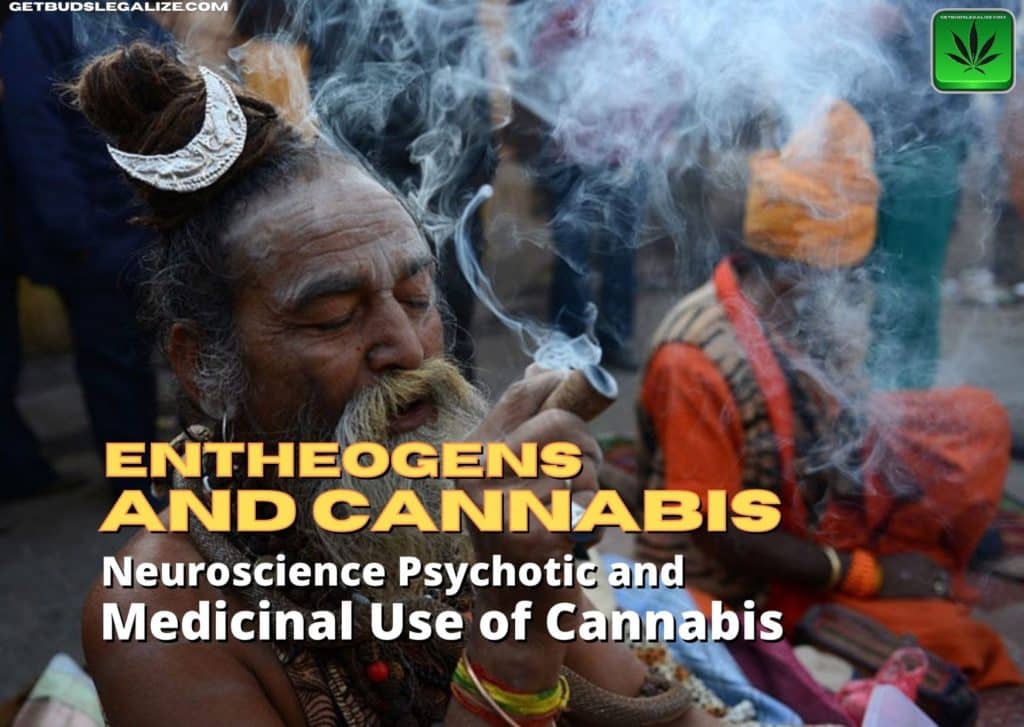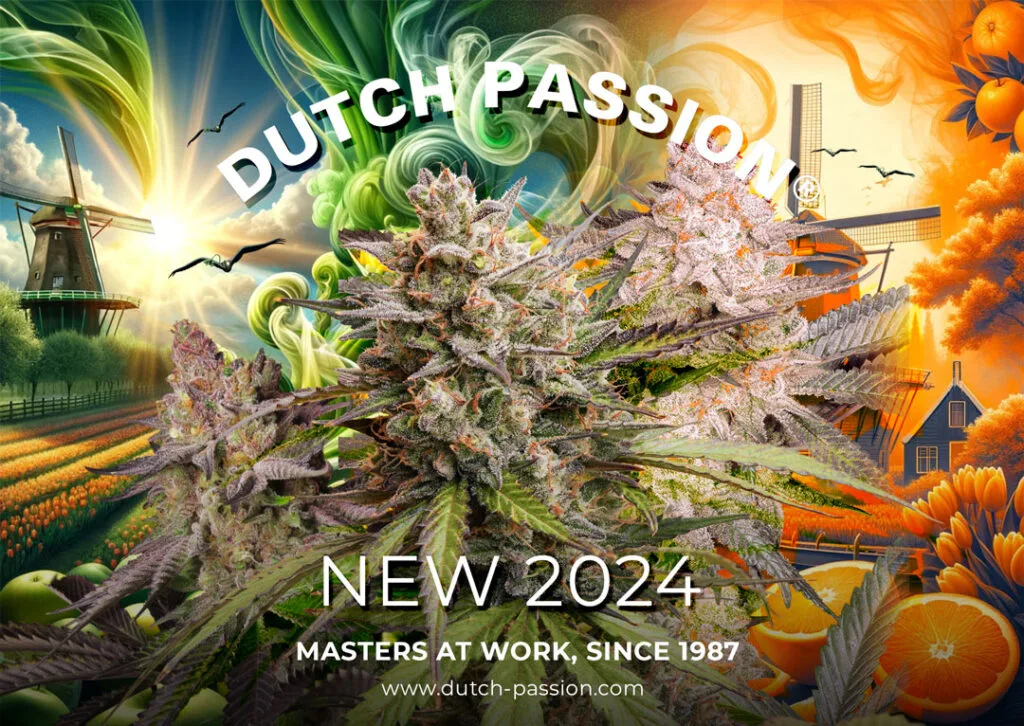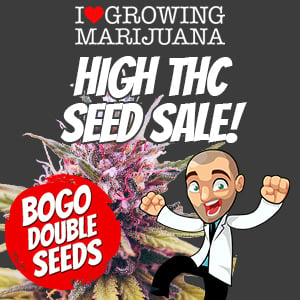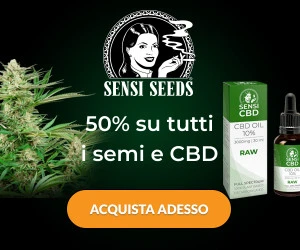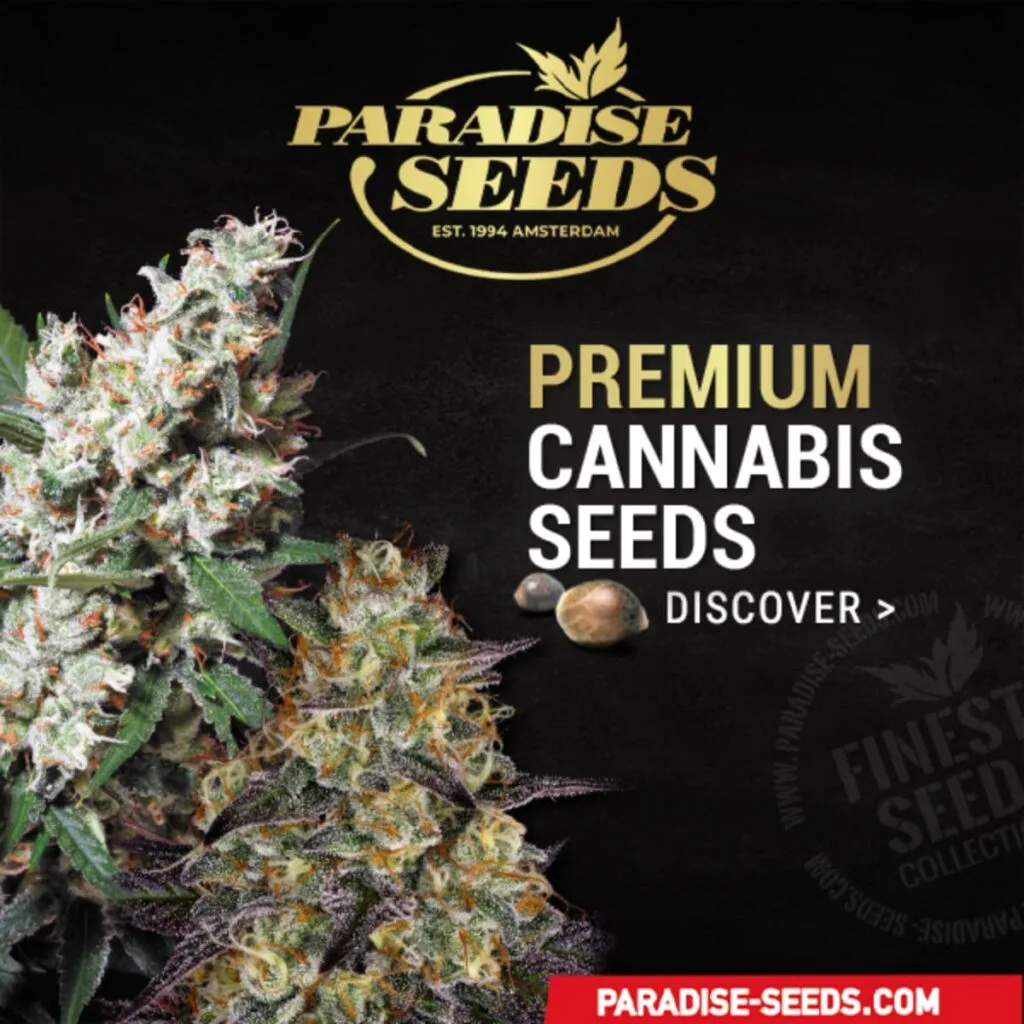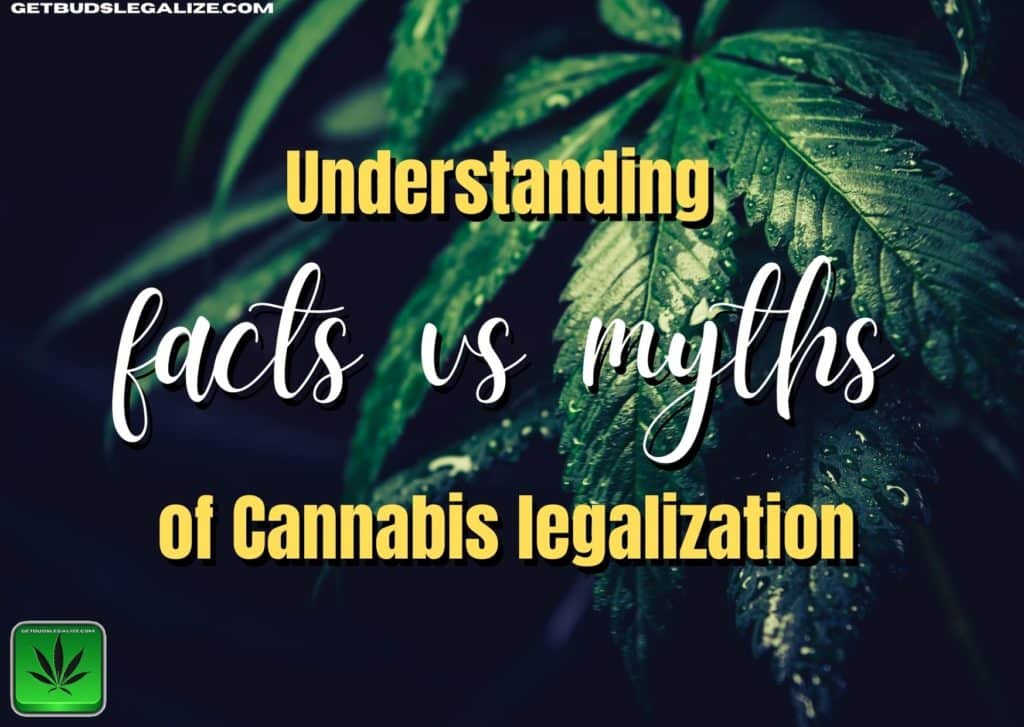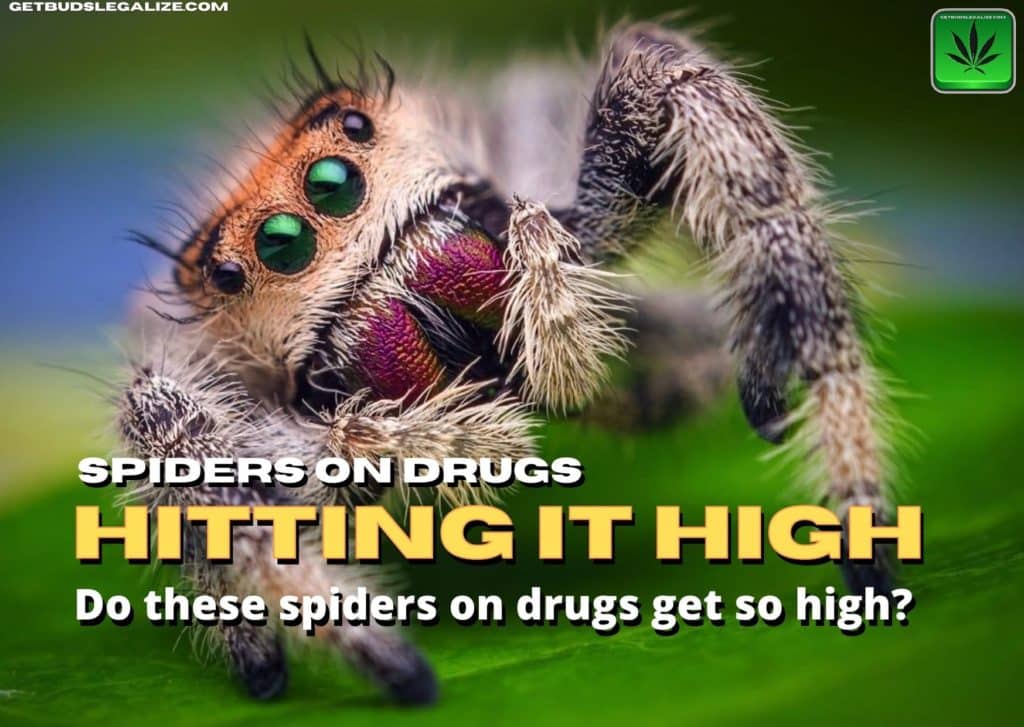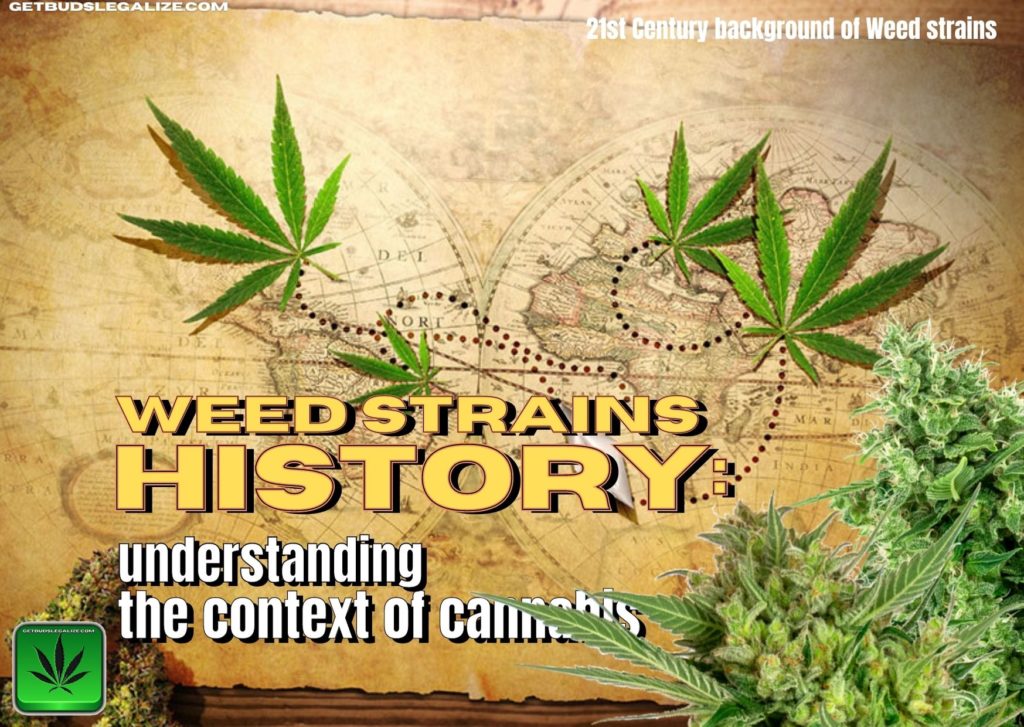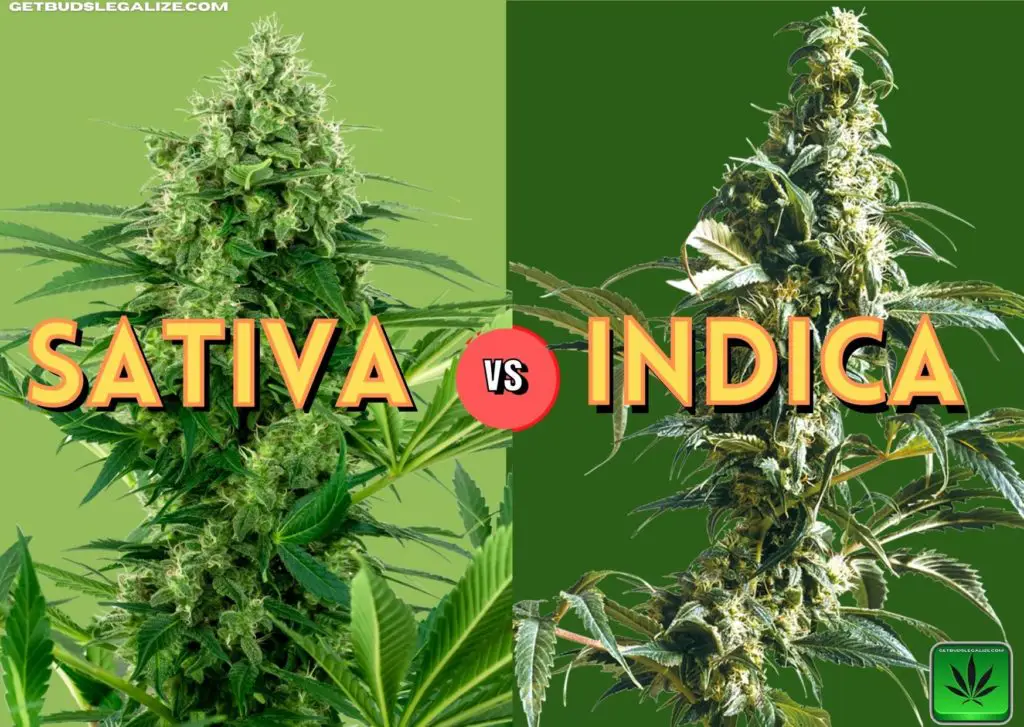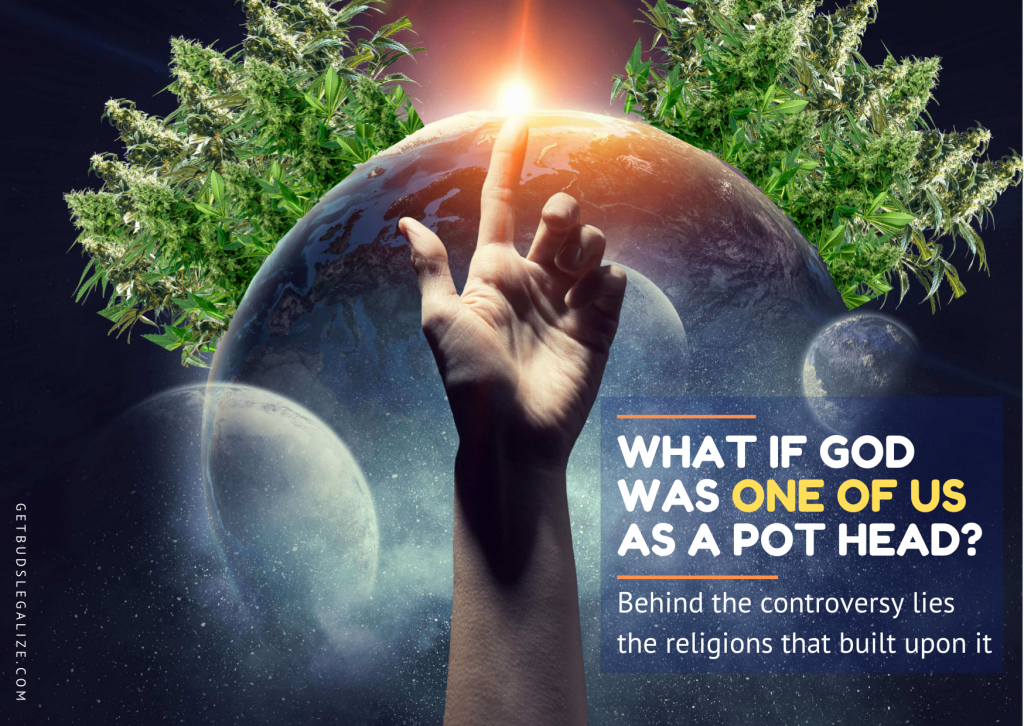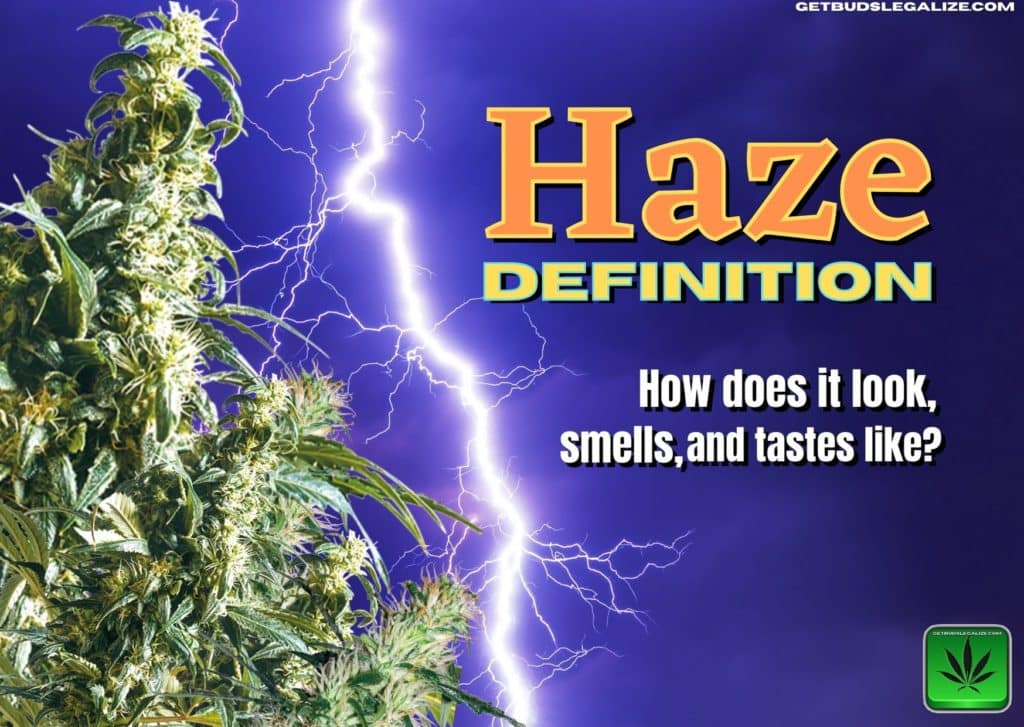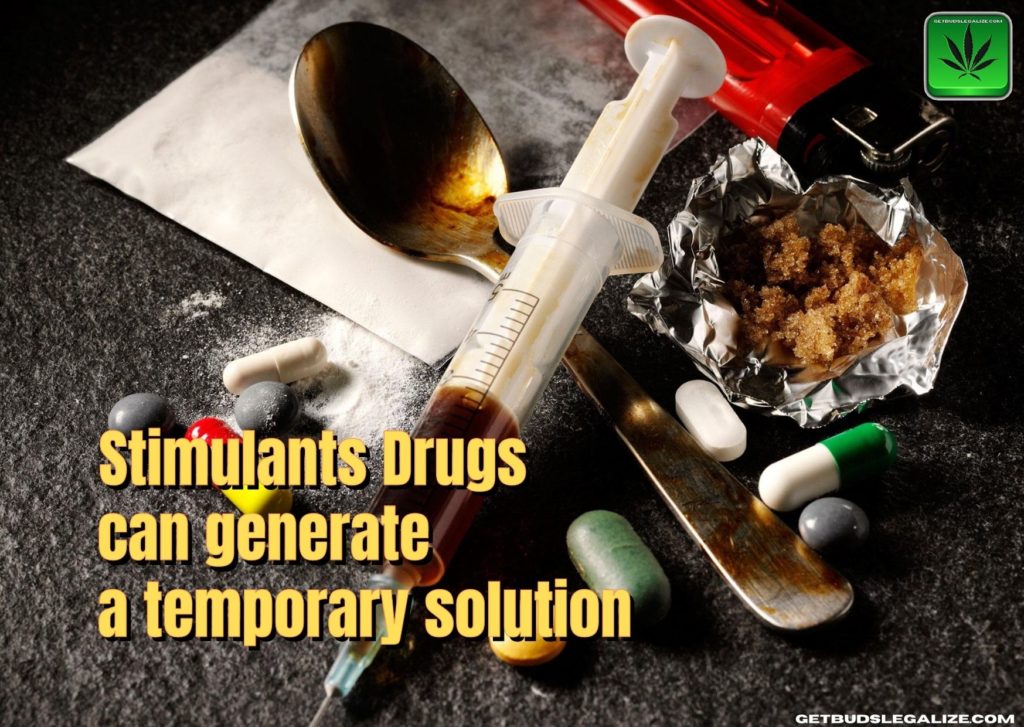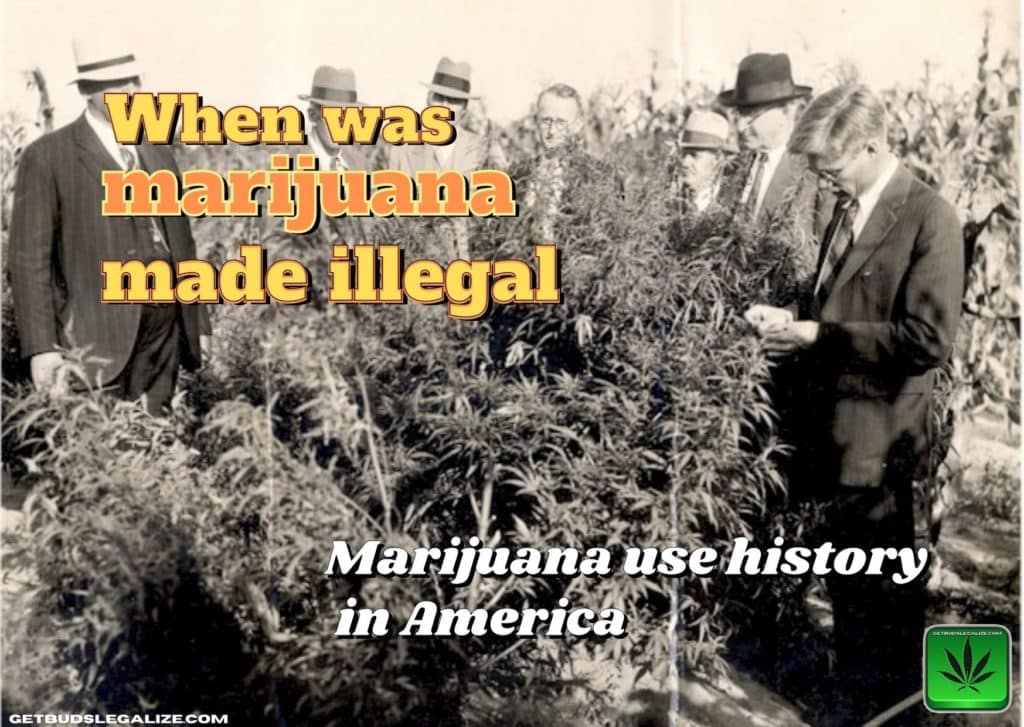Exploring the Secrets of Entheogens and Cannabis: A Comprehensive Guide
The mystery religions of the ancient world sometimes used psychoactive medicines or entheogens to cause altered consciousness states, but not always. Such encounters had become indispensable to initiate participants, to establish their rituals, and finally to achieve the “peak” experience(s), which reflected the apotheosis and fulfillment of their theological and spiritual initiatives. Their experience was indispensable.

What Are Entheogens?
An entheogen is a neologism to designate psychoactive substances employed in culturally sanctioned visionary experiences in a ritual or religious context. His manifestation in the civilized ferment of the grape, which yielded wine, was contrasted with the intoxicants from other sources that preceded viticulture, such as toxic herbs, mushrooms, and animal and insect venoms. The mountain revels of the deity’s female devotees, known as maenads or bacchants, honored the precedents to viticulture in rituals of herb gathering, of which their staff of empowerment, the thyrsus or the narthex, was symbolic.
Thus, the entheogens – i.e. pharmacologic – introduction of unusual states describes doctrine and practice of the ancient religions of the mystery rather than any other concept.
This implies, to be understood, that one in four people smoking cannabis in the U.S. continues to do so primarily for spiritual purposes, even though they prefer recreational purposes. It is also necessary to note that more cannabis users use cannabis in nature than cannabis users.
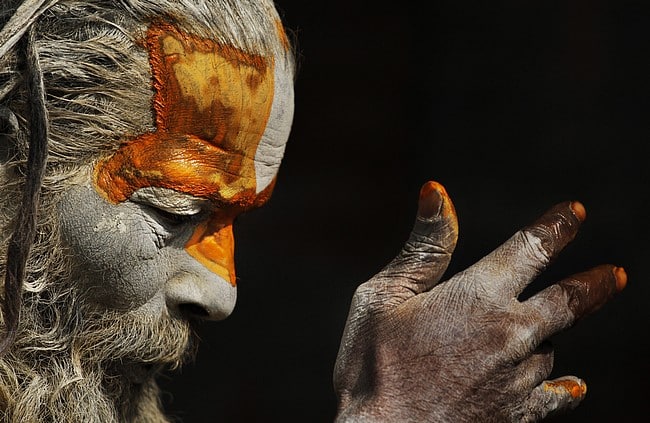
The Entheogenous Medicinal Use of Cannabis
Whilst recreational usage has gained the remaining 59 percent of respondents, it is understood that “recreational” is merely a term invented by corporate media to carry out their campaign to demonize natural herbs and to encourage the use of cannabinoids by thieving pharmaceutical corporations.
In sacred texts dating from 3000 BCE and beyond the use of cannabis in religious cultures has been acknowledged by various sacred leaders throughout history – from the Dalai Lama, Shiva, Buddha, Jesus, and the Rastas to many others, from that period to this day as well as by the spiritual leaders who undoubtedly will be in existence in future. There is compelling proof that millions in the USA practice their right to religiously use cannabis.
Cannabis is a sacrament used for thousands of years as a method for religious spiritual illumination. As a sacrament, the First Amendment covers it. The people have a right to use cannabis in their friends, ‘family’s and homes’ privacy and protection.
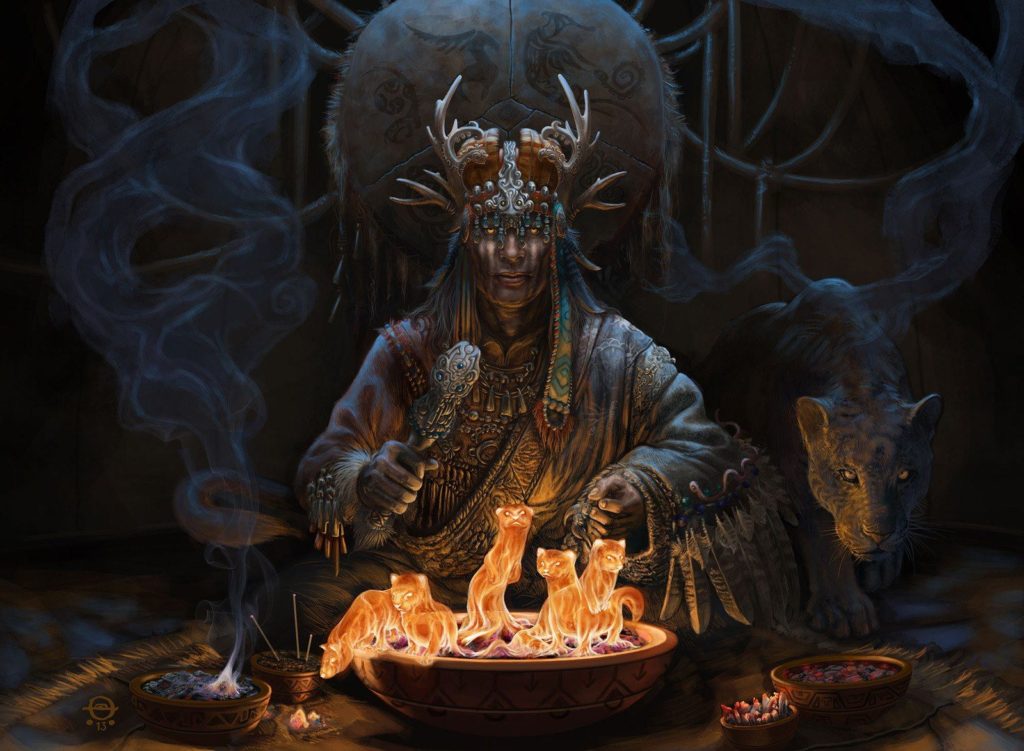
Neuroscience Psychotic of Entheogens
The term psychedelic has come to be associated with a broad class of drugs with diverse chemical, pharmacological, and psychoactive effects. The term psychedelic has been used to denote the idea that these compounds elicit an experience related to the mind, inward reflection, and growth in the boundaries of the mind. Many compounds could potentially fall under the term psychedelic. Cannabinoid agonists, N-methyl-d-aspartate receptor antagonists, muscarinic receptor antagonists, and substrate-based releases of monoamines all engender psychoactive effects that could be included in an expansive view of psychedelics.
However, the core classes of psychedelics have often been restricted to phenethylamines such as 3,4,5-trimethoxy-phenethylamine, tryptamines such as N, N-dimethyl-4-phosphoryloxytryptamine, and ergolines such as lysergic acid diethylamide. This is largely focused on these core or “classic” psychedelics, with limited comparisons to other compounds to highlight specific concepts.
Psychedelics have been used by humans in traditional indigenous rituals for thousands of years. Modern research with psychedelics largely commenced with the serendipitous discovery of LSD by Albert Hofmann, while he worked on novel analeptics derived from ergot alkaloids for Sandoz Laboratories.
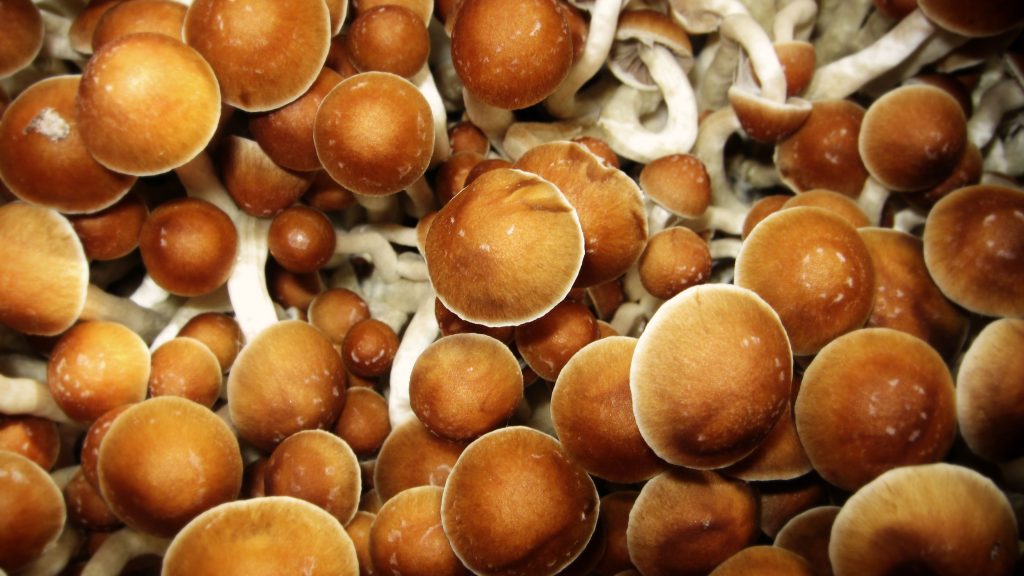
Introspective on The Effects of Entheogens and Cannabis
Psychedelic-like effects on these measures include changes in somaesthesia, affect, cognition, perception, volition, self, and mystical-type experiences. Following this initial report of LSD, it was clear that such drugs could elicit powerful psychoactive effects, spurring great interest in their research.
Over the next three decades, entheogens additional naturally occurring psychedelics were identified and new compounds synthesized, and hundreds of studies were completed. His discovery ushered in an era of intense LSD research, with nearly 1000 articles appearing in the medical literature by 1961. This research was largely divided into two distinct areas. One body of research examined the psychedelics as a model for acute psychosis.

On The Findings that Led to This Discussion
Although perhaps somewhat of an oversimplification, a general conclusion that can be drawn from this literature about entheogens . is that there is some overlap in the symptoms of acute psychosis and high-dose administration of psychedelics, yet there are distinct differences between psychedelic effects and the nosological entity known as schizophrenia.
As this literature has been extensively discussed elsewhere and represents a distinct branch of psychedelic research, it will not be a major topic of this chapter. Another body of research examined the use of psychedelics as an adjunct to psychotherapy. Between 1950 and the mid-1960s over 1000 clinical trials were completed, several dozen books were published, and six international conferences were held providing data on approximately 40,000 patients that had undergone these «psychedelic» therapy sessions.
This led the government to tightly regulate the availability of the psychedelics and subsequently place many into the most restrictive level of the Controlled Substances Act. Despite their great promise for advancing clinical care and elucidating our understanding of the neurobiology and psychiatry, human research with the psychedelics largely terminated by the 1970s.

